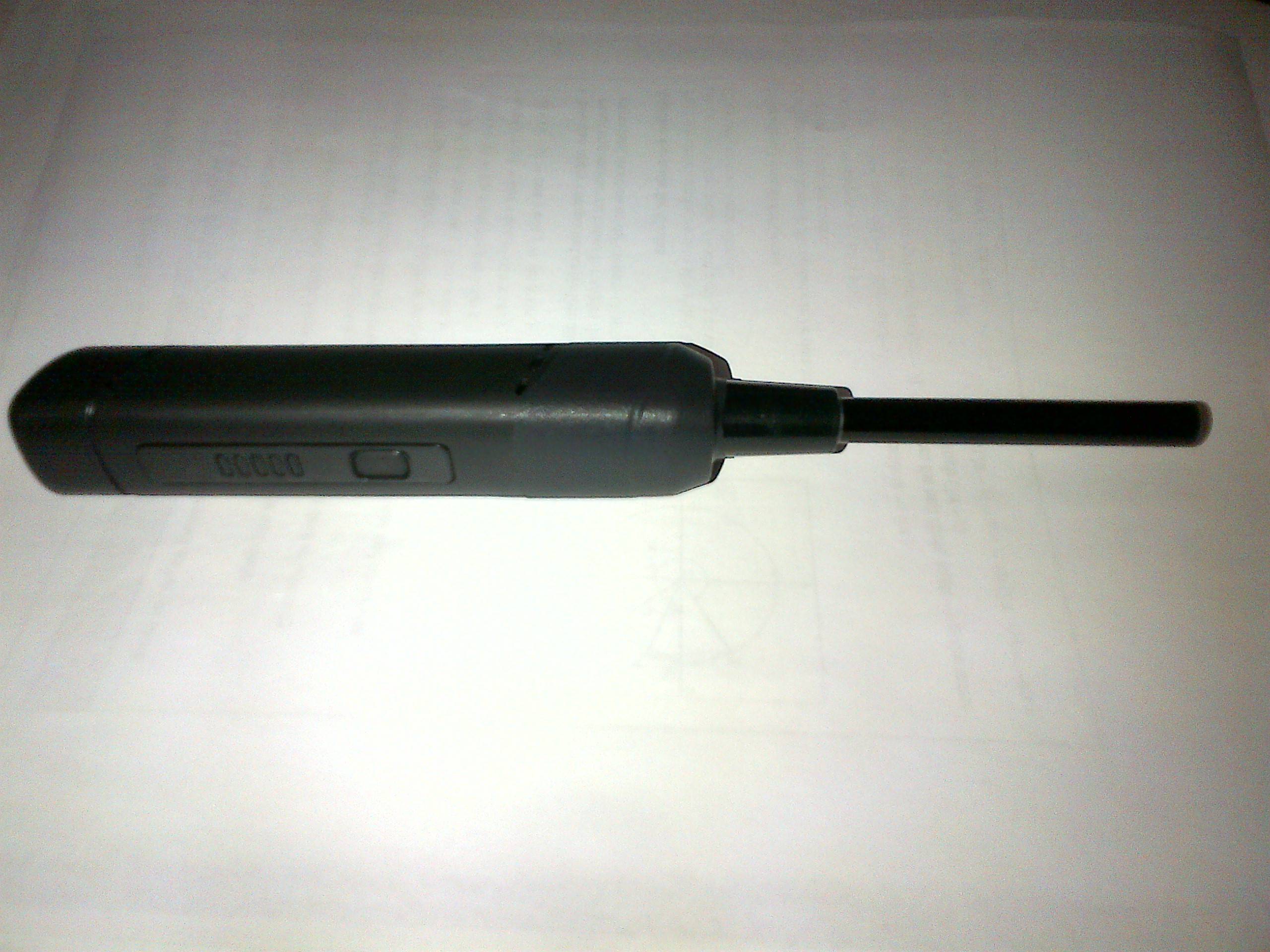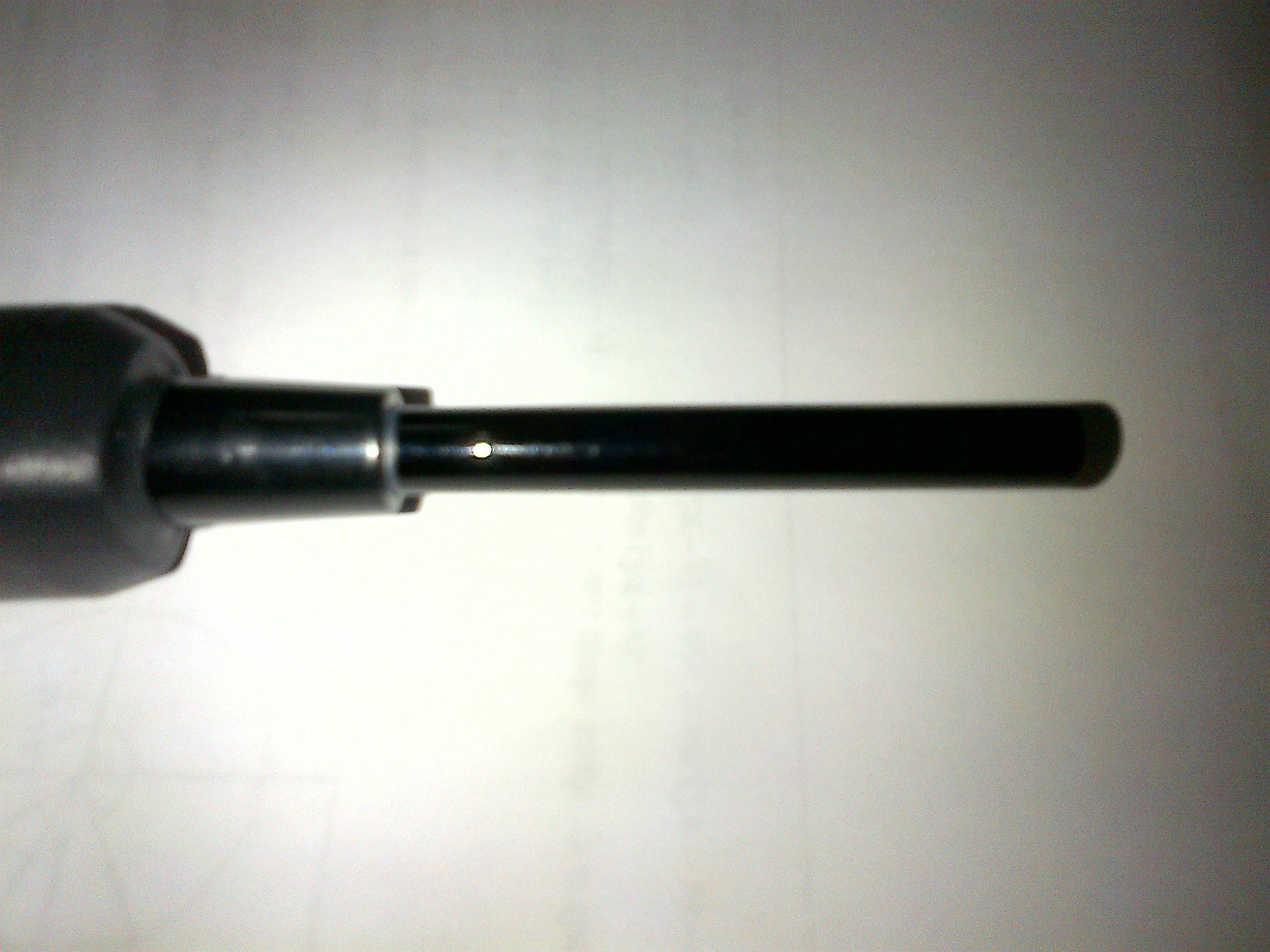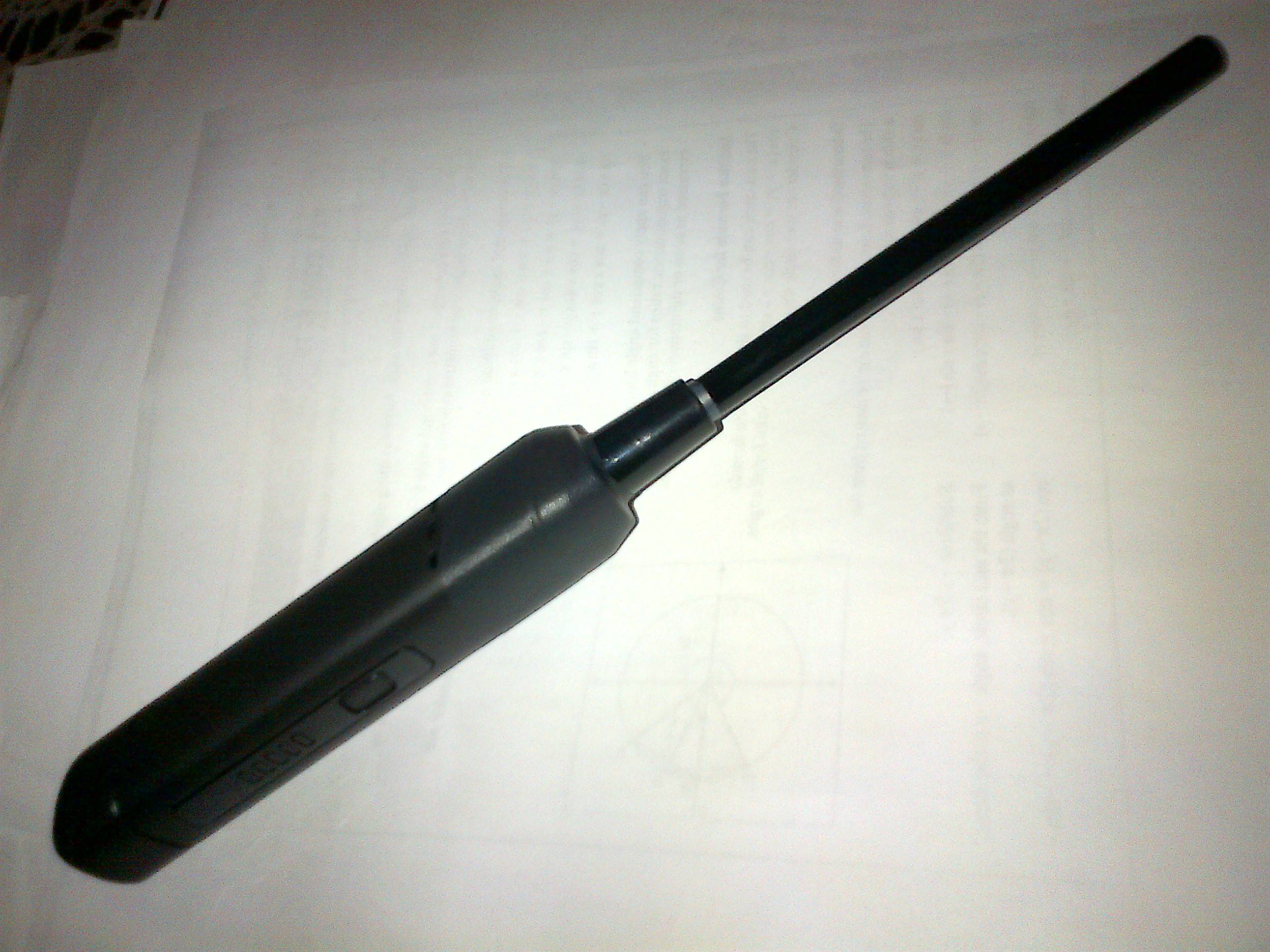Hello again folks, it has been over 72 hours on what I want to call the BarnBoy “PATCH” (not FIX!). It will make sense at the unveiling in the third and final installment in the BarnBoy on Cracks Series. I have a few more points to ponder and when I post next, I hope to make a lot of BB fans happy… (keep that mob back for me just a bit longer
@Sativape!)
Before we get to Part 2, it is perfect that many folks have mentioned the desire to cool their PNP. The BarnBoy also feels the same and will religiously cool down the PNP after each and every session. I often found that there were 1-2 more hits as it cooled. Often when the BarnBoy vapes to/from SillyValley, he will use the cars AC vent to help keep things even cooler (see photo below). An icy cool GonG really feels good at the end of the day! And from the previous posts on the topic of temperature, I could not have asked for a better segue to the next BB series…
BB NEWS: I received a notice from Andy at Epic Vape. He told me the “FCLOVE” is valid. I however still couldn’t find the entry point. Maybe just make mention of it in some note field and they will correct things for you. Excellent CS!!!
THE BARNBOY ON CRACKS! Part 2
– Thermal Measurements
This segment was initially planned/intended to be a BB Series on its own. Mostly it was inspired from this
post showing the TRVB burn in rack. But the latest crack and the BB Patch made it necessary that I see just how hot this bugger gets. Hands can only sense temperatures to about 55C (130F) and much above this temperature it too hot to keep in ones hands. This gives you an idea of how hot your PNP is really getting when you think it is too warm/hot.
What I did in the sake of science, was to pop out the screen on the TRVB GonG and instrument the PNP and GonG with thermocouples. The data taken would be very hard to explain in one chart or graph so instead I will describe what was observed in the sections instrumented.
The first stop is to measure the inside wall of the PNP heating chamber and seeing just how hot that SS wall gets on each setting. What I noticed is the
latest fortune cookie I found is basically another Setting 5 and it does time out after 8 minutes. It may also indicate why my Setting 1 produces good vapor…
Setting 1 => 200C (390F) {manual states 370F}
Setting 2 => 210C (410F) {manual states 395F}
Setting 3 => 220C (430F) {manual states 420F}
Setting 4 => 230C (445F) {manual states 445F}
Setting 5 => 240C (465F) {manual states 470F}
I used a probe to sense the temperature of the herb approximately in the middle of the bullet as shown. This was very interesting. The Temperature would stabilize approximately 40C less than the PNP heating chamber wall temperature on all settings. Upon initial draw, the temperature would go up 4-5C and then quickly fall. I think some of the reason it fell fast was I had some leaks with a loose bullet and the TRVB GonG. I did another quick session at the end of the testing and was able to get it so it sealed and the system didn’t swing as much showing me that locking that bullet in proper place makes the PNP a much better machine.
Similar to the middle of the chamber was to measure the inside bullet wall. This appears to be 30C less than the PNP wall (10C higher than herb). Not so exciting except I didn’t see near the deviation in temperature as I did with the herb. (another reason I retested it with a tighter bullet.
The GonG bottom temperature
was also measured. Though this temperature doesn’t show much, it did show me that my theory on the GonG keeping the herb cool was correct and thus the strange dark center patterns…
But it was measuring the temperature of the inner back wall near my crack that had me most curious. Though the temperatures observed would stabilize, the temperature was well under 100C. I would observe the temp stabilize and when drawing on the PNP, the temperature would drop at first and then start to increase. The longer the draw, the more the increase (to a point!). Eventually I correlated this to the heaters taking off to keep the temperature from running dropping off a cliff. This temperature also was needed to see if the patch had any chance of surviving the temperature here… (so far, so good!)
So executive summary; the PNP gives you temperatures close to what is in the manual. No place was hotter than the inner heater walls. But these temperatures are near the Tg PES temperature…
May the vapors be with you! Patch exposure is coming next…
-BB

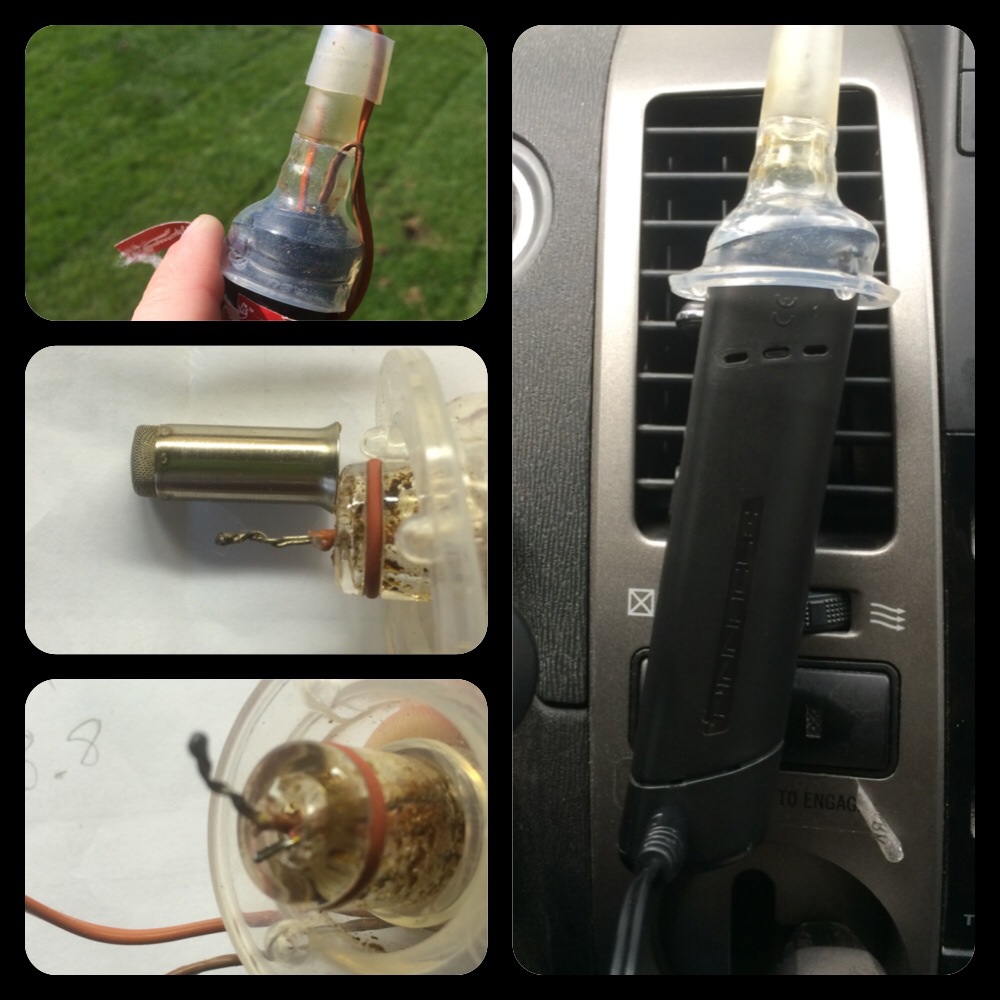
 I await the final instalment with eager anticipation!
I await the final instalment with eager anticipation! 
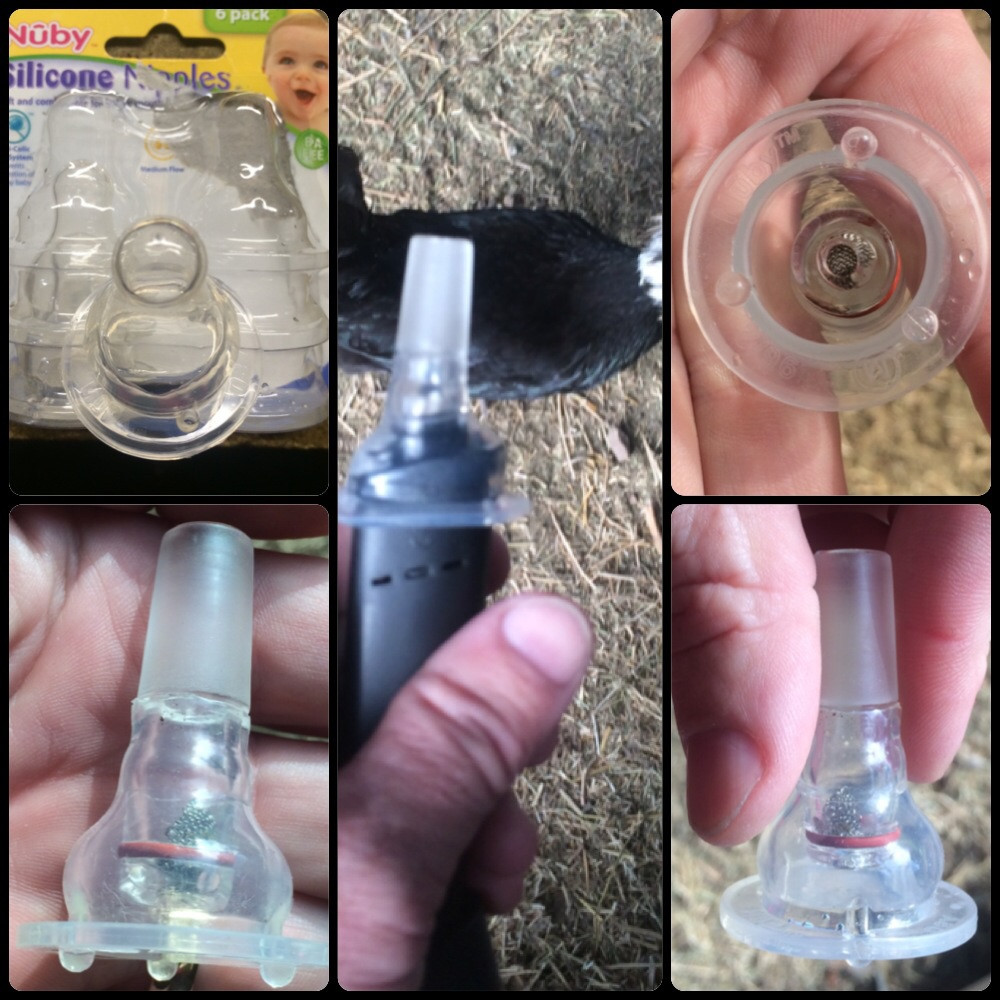
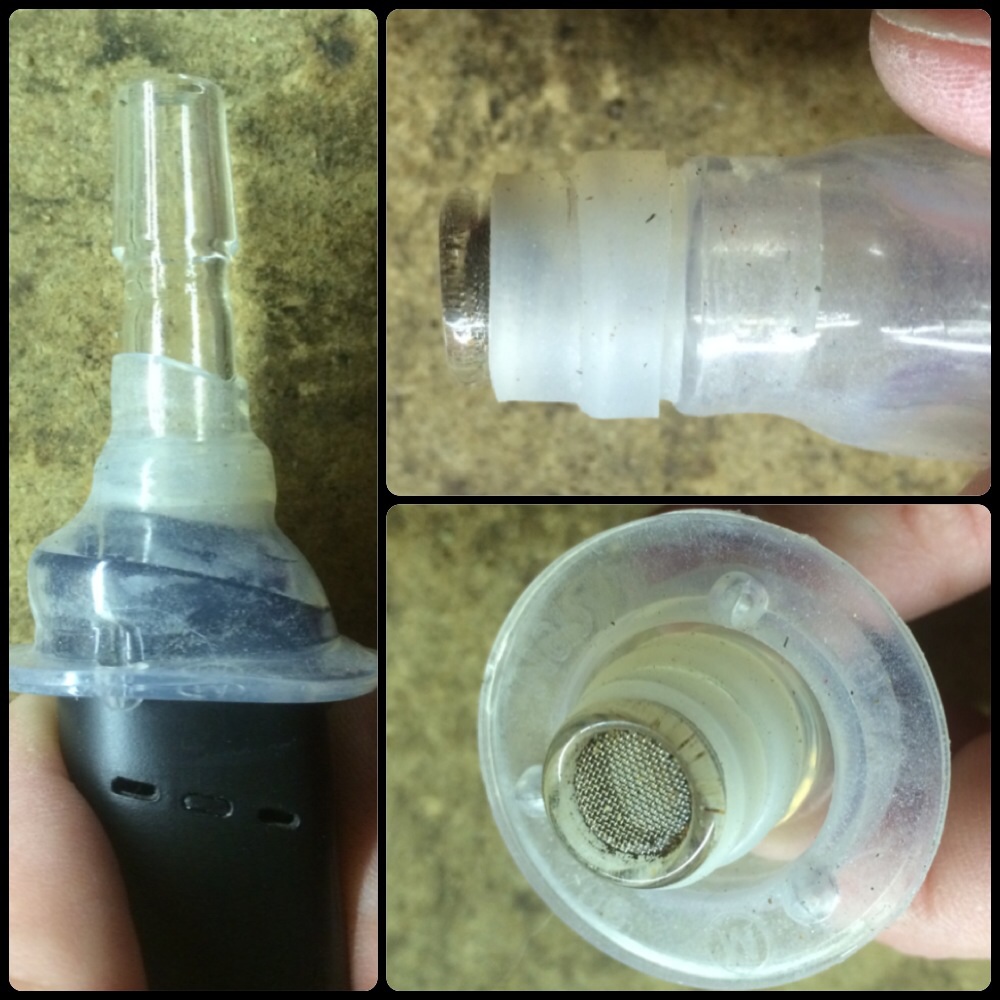
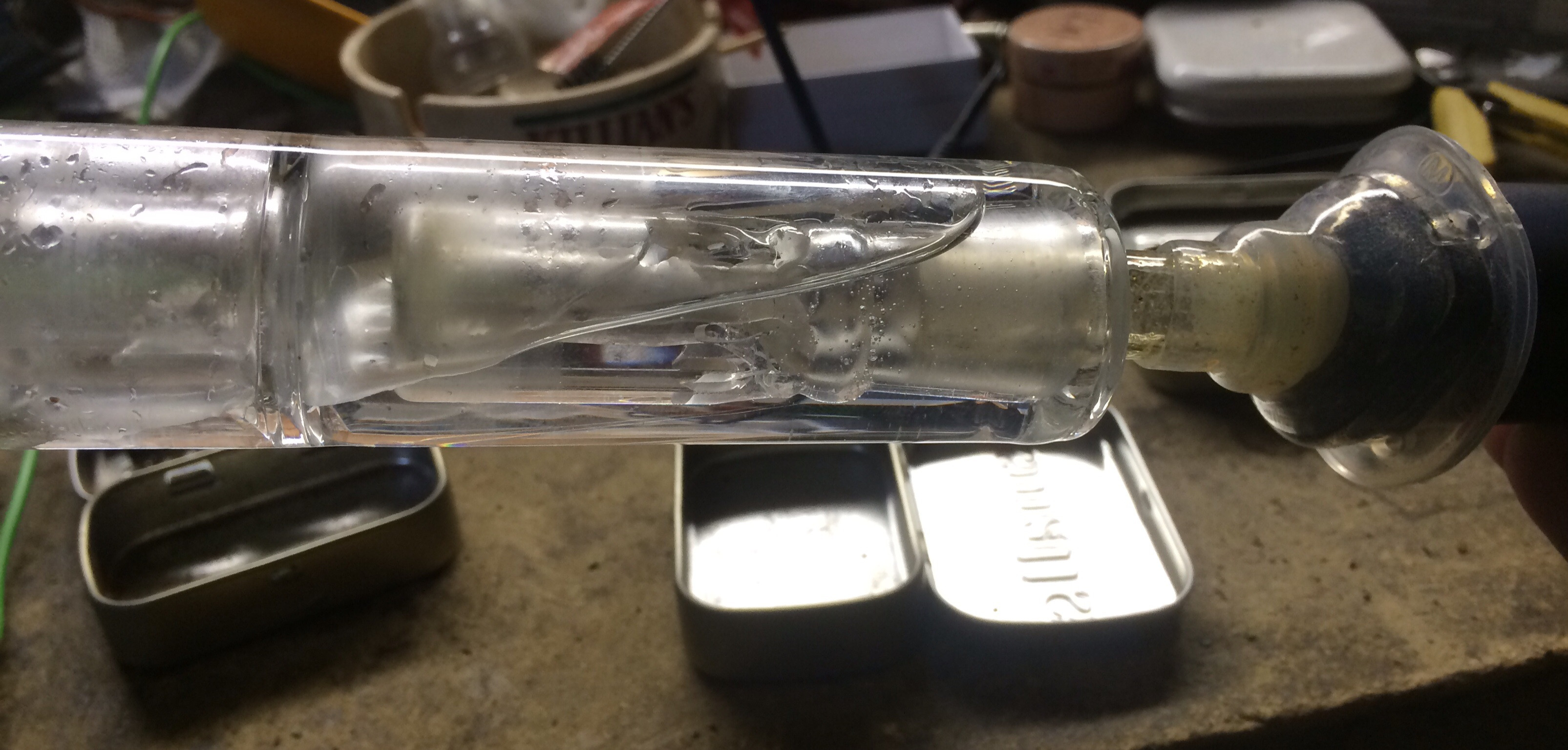
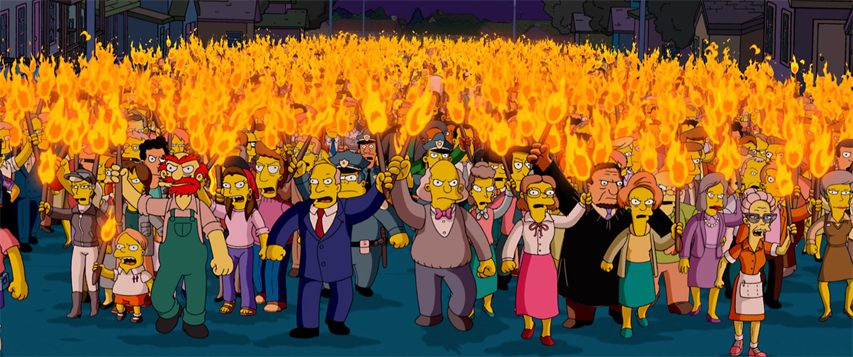
 , except the live and learn part cause if I don't get my monies worth out of this or the ascent there will be nothing learnt from how I'll be living as I'll probably give up vaping and be struck with a burning scowl whenever the thought arises. If I didn't waste my time with the PnP and ascent I could of got a 'cano and be done for the next 10 or so years
, except the live and learn part cause if I don't get my monies worth out of this or the ascent there will be nothing learnt from how I'll be living as I'll probably give up vaping and be struck with a burning scowl whenever the thought arises. If I didn't waste my time with the PnP and ascent I could of got a 'cano and be done for the next 10 or so years
